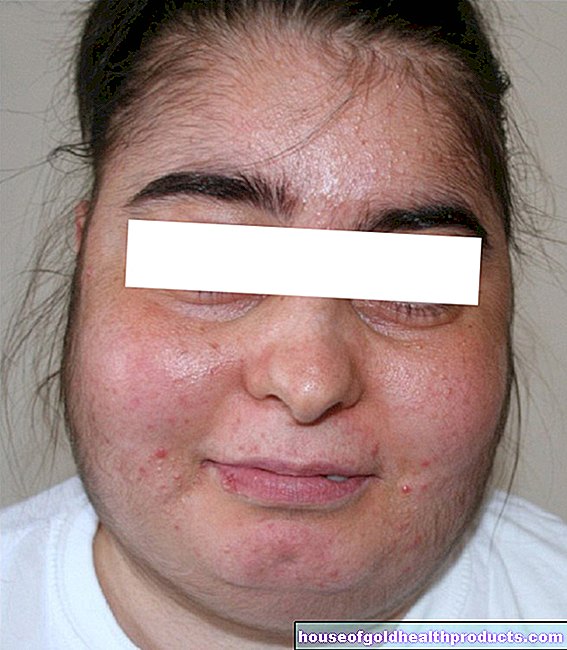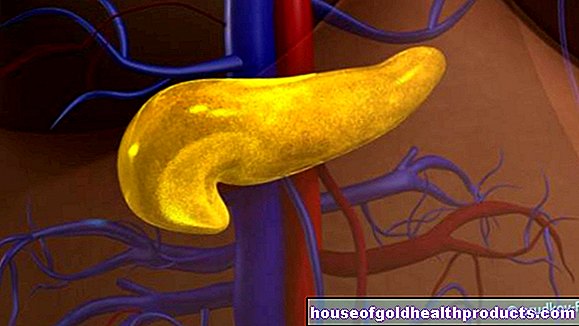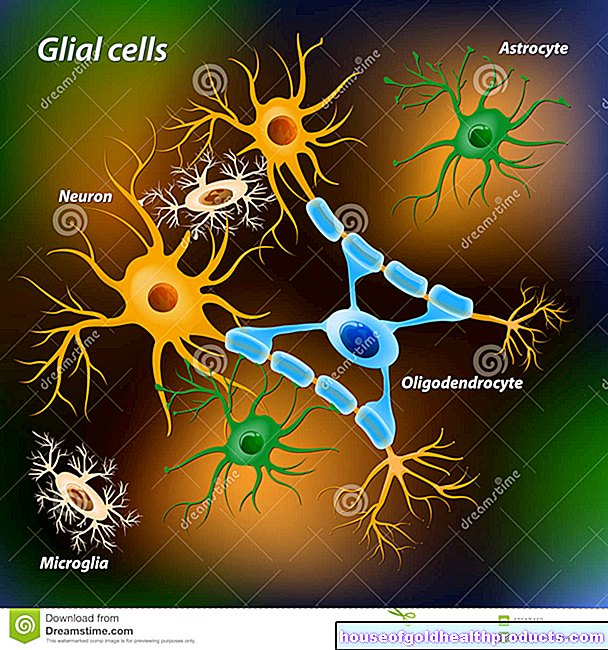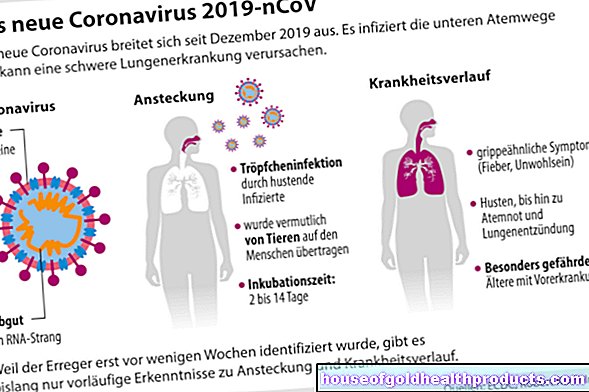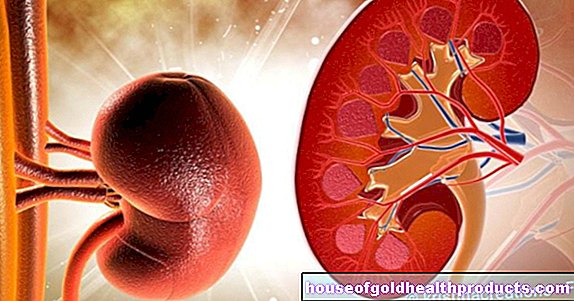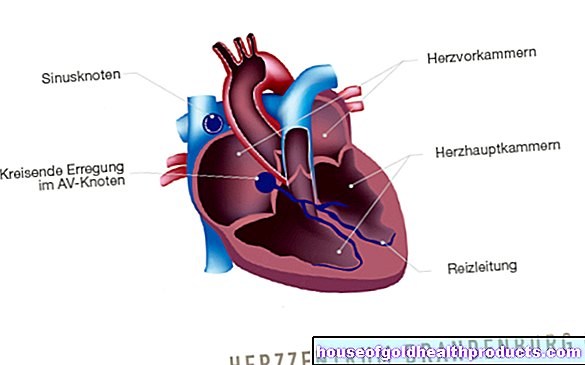Microplastics discovered in the human intestine
Christiane Fux studied journalism and psychology in Hamburg. The experienced medical editor has been writing magazine articles, news and factual texts on all conceivable health topics since 2001. In addition to her work for, Christiane Fux is also active in prose. Her first crime novel was published in 2012, and she also writes, designs and publishes her own crime plays.
More posts by Christiane Fux All content is checked by medical journalists.So now it is official: plastic waste ends up in people too. Austrian researchers have detected microplastics in the human intestine for the first time. It is not yet clear whether the tiny plastic particles can cause damage to the body. But studies on animals provide evidence of this.
Plastic waste is ubiquitous - and concerns scientists all over the world. While some are wrestling with tens of thousands of tons of plastic bags, bottles and other rubbish in the ocean, others concentrate on microscopic plastic particles.
It was only a matter of time before researchers first found so-called microplastics in the human body, more precisely in the intestines. Bettina Liebmann from the Federal Environment Agency and Philipp Schwabl from the Medical University of Vienna succeeded in proving this.
Microplastics in every stool sample
The researchers examined stool samples from eight subjects who came from different countries: Finland, the Netherlands, Great Britain, Italy, Poland, Russia, Japan and Austria. Participants kept a food diary for a week and then gave a stool sample. During this time, each of them had eaten food wrapped in plastic or drinks made from PET bottles. Most also ate fish or seafood. Vegetarians were not represented.
The scientists tested the stool samples on ten of the world's most widely used plastics - and they found what they were looking for. They found tiny plastic particles in all of the samples. On average there were 20 microplastic particles per 10 grams of stool. “In our laboratory, we were able to detect nine different types of plastic with sizes ranging from 50 to 500 micrometers,” explains Bettina Liebmann, the expert responsible for microplastic analyzes at the Federal Environment Agency.
Through food in the body
The scientists most frequently came across polypropylene, which is used to manufacture yoghurt pots and bottle caps, as well as textiles.Also on polyethylene terephthalate, or PET for short, which can be found in plastic drinking bottles and wrinkle-free clothing, among other things.
"Due to the small number of test subjects, we cannot reliably establish direct connections between eating habits and exposure to microplastics," explains study leader Schwab.
Risk to your health?
The effects of microplastics on the human organism - and especially on the digestive tract - are still unexplained: "I cannot say to what extent this can have an impact on human health. It is still far too early for that," says first author Philipp Schwabl.
Microplastics can penetrate the intestinal wall
However, it has already been observed in animals that the particles can overcome the intestinal barrier and get directly into the organism. In their previous studies, researchers found tiny plastic particles in the blood, lymph and even the liver. Studies on animals also provide evidence that microplastics can promote inflammatory reactions in the gastrointestinal tract and promote the absorption of harmful substances and pathogens from the intestine into the body.
“However, further studies are necessary to assess the potential dangers of microplastics for humans,” says Schwabl.
Microplastics in cosmetics and from abrasion
Microplastics are plastic particles that are less than five millimeters in size. They are added to cosmetic products such as skin creams, peelings and shower gels in order to mechanically support their cleaning effect.
However, microplastics are also created through the crushing, abrasion or decomposition of larger plastic parts in the environment - for example through the abrasion of tires on asphalt or when washing synthetic clothing. Microplastics have been detected in particular in marine life such as fish, seals and mussels.
400 million tons of plastic per year
Global plastic production has increased rapidly since the 1950s. It is currently over 400 million tons per year. It is estimated that two to five percent of it ends up in the sea. There, the garbage is ground up and then ingested by marine animals. Apparently it can end up in the human body via the food chain. In addition, microplastics can most likely get into food through packaging or during processing.
Green politicians have long been calling for a ban on microplastics in cosmetics. Sweden is already a pioneer in this regard.
Tags: Baby Child nourishment sports fitness





